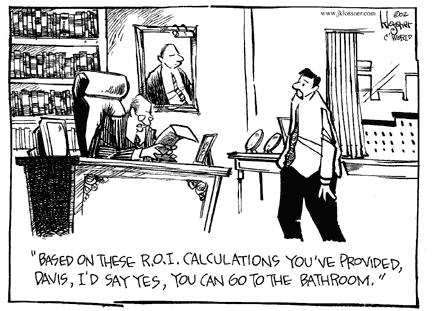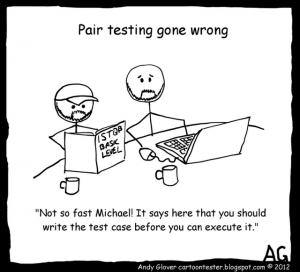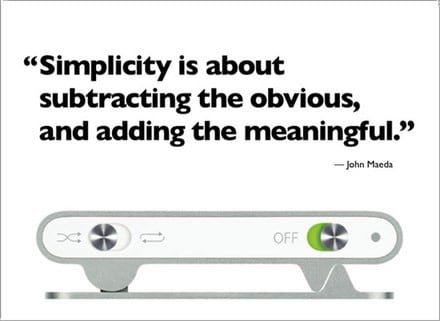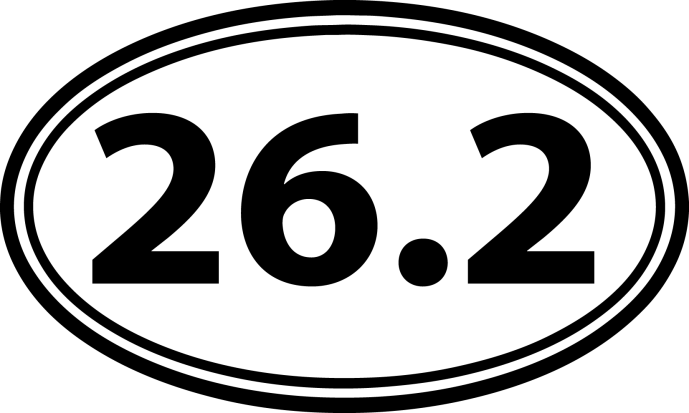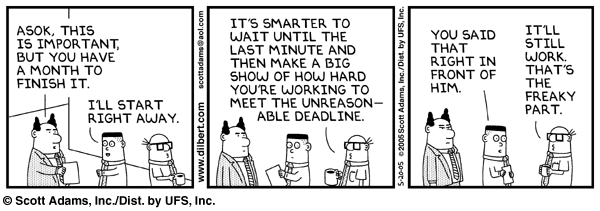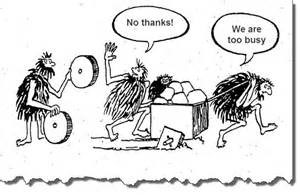Strategic HR's Entry Point: Goal Setting and Performance Management

I was having a discussion a few weeks ago about strategic HR with Dustin Clinard, the vice president of Strategic Partnerships at Betterworks, and I mentioned that I first sat in on a session at an HR conference about how to become a strategic business partner almost 23 years ago. Then, the unfortunate reality set in: We’re still seeing those same sessions on grabbing “a seat at the table” 23 years later.
Will we ever escape this trap? I believe that playing an active role in strategic planning, goal-setting and identifying objectives and key results (OKRs) can set us free.


